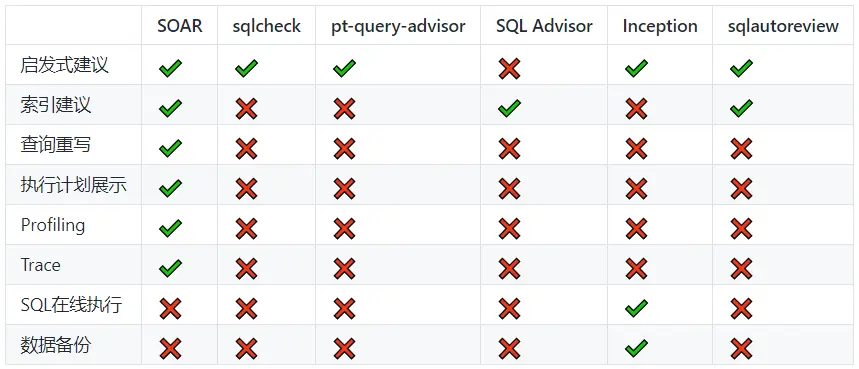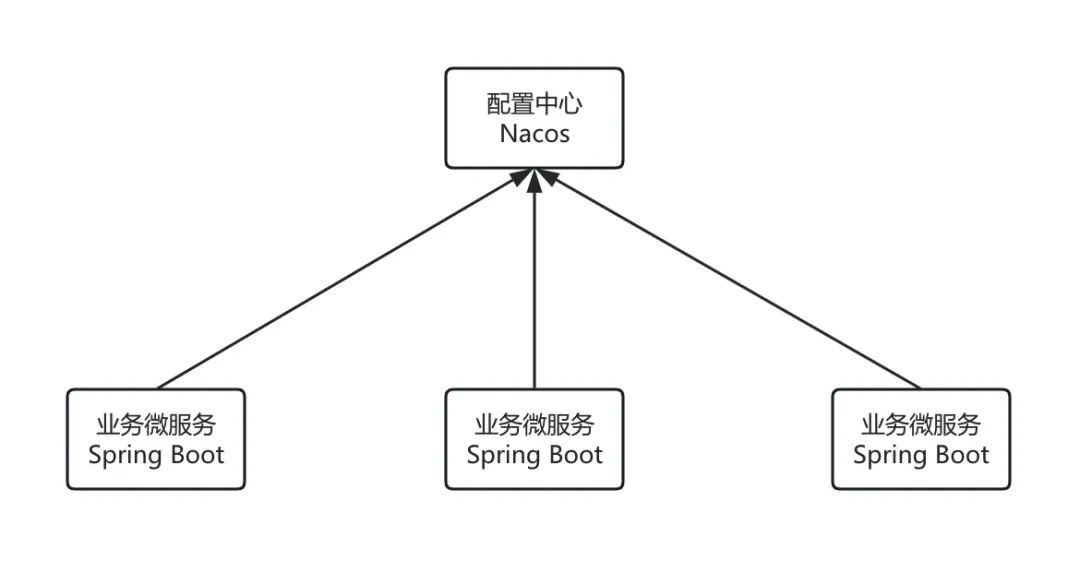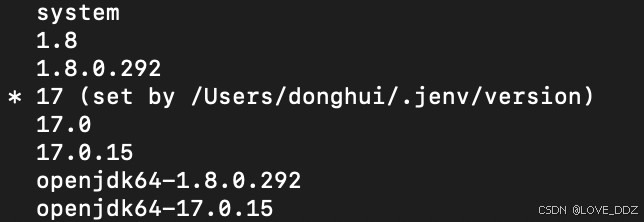错误写法:
|
1 2 3 4 5 6 7 8 |
<select id="getProductInfoList" resultType="vo"> select a.name from A a where a.idin <foreach collection="ids" item="item" index="index" open="(" close=")" separator=","> #{item} </foreach> </select> |
错误原因:
当<foreach>标签内的数量超过1000个时会提示一下报错:
|
1 |
java.sql.SQLSyntaxErrorException: ORA-01795: maximum number of expressions in a list is 1000 |
正确写法:
方案1(将传参变成SQL语句嵌套在SQL里面):
|
1 2 3 4 5 6 |
<select id="getProductInfoList" resultType="vo"> select a.name from A a where a.id in (select b.id from B b where b.id = #{billNo} and DELETED = 0) </select> |
方案2(利用or每1000条添加一个or)
|
1 2 3 4 5 6 7 8 9 |
SELECT * FROM ${tabNameMx} M WHERE M.CODE_ID IN <foreach collection="idList" index="index" open="(" close=")" item="id" separator=","> <if test="(index % 999) == 998"> NULL) OR M.CODE_ID IN(</if>#{id} </foreach> |
这个SQL大家看着可能觉得有点懵逼,现在给你写段这段sql最终会变成什么样子,这样你瞬间就懂了。
SQL最终执行的样子:
|
1 |
CODE_ID IN('......','998',NULL ) OR M.CODE_ID IN('999',..... NULL) OR M.CODE_ID IN('.....') |
方案3(拼接OR ID IN ()):
|
1 2 3 4 5 6 7 8 9 10 11 12 13 14 |
<select id="queryEnoByCapita"> select t.custid,to_char(t.eno) as eno from T_E_ACCOUNT t where t.status !='2' and t.custid in <trim suffixOverrides=" OR t.custid in()"> <foreach collection="capita" item="custId" index="index" open="(" close=")"> <if test="index != 0"> <choose> <when test="index % 1000 == 999">) OR t.custid in (</when> <otherwise>,</otherwise> </choose> </if> #{custId,jdbcType=VARCHAR} </foreach> </trim> </select> |
分析:
|
1 2 3 4 5 6 |
<trim>标签suffixOverrides:去掉后缀匹配上的东西,本例中后缀如果是 OR t.custid in()与suffixOverrides的属性值刚好匹配,则去掉 OR t.custid in()
index 集合迭代的位置从0开始,为何需要<if test="index != 0">?如果没有,则sql是 t.cust in (,1,2..)会多一个逗号
没有999条数据的拼接SQL为:t.cust in (1,2..998) 超过999条的数据拼接SQL为:t.cust in (1,2..998) or t.custid in(999,1000...1998) ... |
拓展:
扩展1:foreach元素的属性主要有 item、index、 collection、open、separator、close
|
1 2 3 4 5 6 |
collection foreach循环的对象 item 集合中每一个元素或者该集合的对象,支持对象点属性的方式获取属性#{obj.filed} 或#{value} index 循环的下标,从0开始 open 表示以什么开始 separator 每次进行迭代之间以什么符号作为分隔符 close表示以什么结束 |
扩展2:MyBatis trim 标签四个属性和其作用
|
1 2 3 4 |
prefix 添加前缀 prefixOverrides 删除前缀 suffix 添加后缀 suffixOverrides 删除后缀 |



